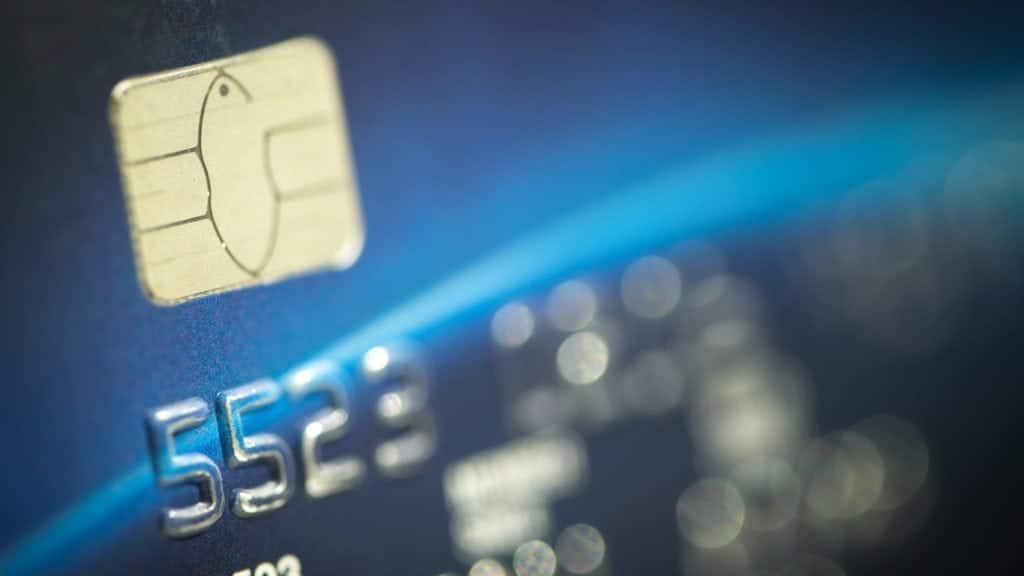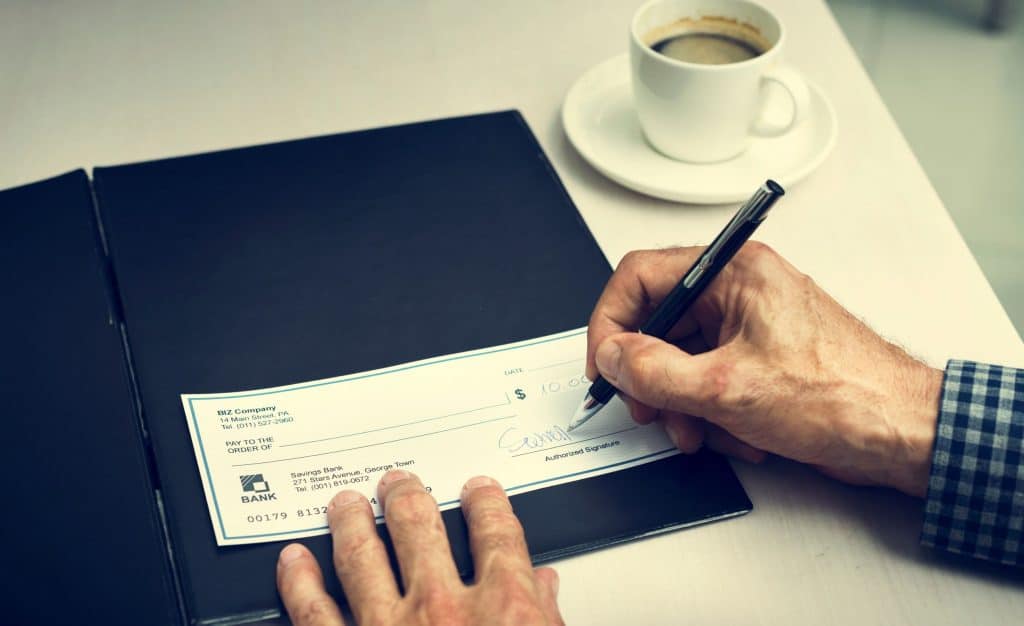A Guide to B2B Debt Collection

TABLE OF CONTENTS
Key Takeaways
- B2B Debt Collection: Recover unpaid invoices and business debts from clients.
- Benefits: Efficient recovery solutions for nonpayment of account receivables.
- Information Shared: Account statements, contact details, and prior payment arrangements.
- B2B Debt Collection Laws: Governed by best practices, not consumer collection laws.
The fundamental foundation of any company is the exchange of goods or services in return for money from clients. Unpaid bills can have a detrimental influence on your business. Being too easy with commercial creditors might cause your firm to collapse in a matter of minutes. On the other side, being harsh may damage your relationship with excellent customers who need a little understanding. When your company incurs a commercial debt, it should be handled by a B2B debt collection agency to avoid situations like this and to keep your business functioning smoothly without the monetary consequences of unpaid accounts receivable.
What is B2B Debt Collection?
B2B, or business-to-business, debt collection describes the process of getting clients to honor their monetary contracts. This includes outstanding invoices that must be paid, as well as business-to-business debts owing by a customer. B2B is not the same as its B2C counterpart. B2C, or business-to-consumer debt collection, refers to the process of getting individuals to honor their monetary contracts.
B2B debt collection can help any business experiencing nonpayment of account receivables. The process is beneficial for companies under financial pressure due to debts not being paid on time. B2B debt collection services are offered through companies specializing in credit management. If your company has unpaid invoices, you will benefit from working with a collection professional who can efficiently recover this receivable.
What Information is Shared with B2B Collection Agencies?
If your business is owed a commercial debt, the following information is typically shared when transferring an account for collection.
- A detailed account statement of all payments and fees both received and missed.
- Business addresses, email addresses, and phone numbers.
- A copy of all documentation regarding any prior payment arrangements.
Are There B2B Debt Collection Laws?
When it comes to collecting monies owed by business clients, legislation governing B2C doesn’t apply. Most notably, B2B debt collection is not restricted by the same restrictions as consumer collectors under the Fair Debt Collection Practices Act. Therefore, the state and federal governments have no authority over business debt collection legislation. The Commercial Collection Agency Association (CCAA), a nongovernmental organization under the Commercial Law League of America (CLLA), established best practices instead. In 1974, the agency was formed to regulate and improve the commercial debt collection sector. However, the CCAA has no authority over non-members’ agencies since it is a nongovernmental organization.
Why use a B2B Debt Collection Agency?
B2B agencies offer an efficient, effective, and compliant way to recover B2B debts owed by customers. Agencies also have access to vast client databases enabling them to recover B2B debts quickly and cost-effectively.
To conclude, B2B debt collection agency can relieve your firm of the hassle and stress associated with past due bills by shifting the bulk of the burden and responsibility to a professional organization that can provide quick and compliant outcomes. Maintaining a solid and dependable payment solution is an essential element of B2B debt collection. Payment Savvy has supplied cutting-edge payment alternatives such as web payments and IVR since 2010. For a no-obligation evaluation of your payment system, contact us now.


